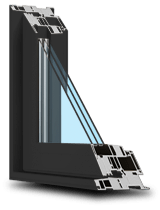European vs. North American Windows: 2025 Comparison Guide for Canadian Homes
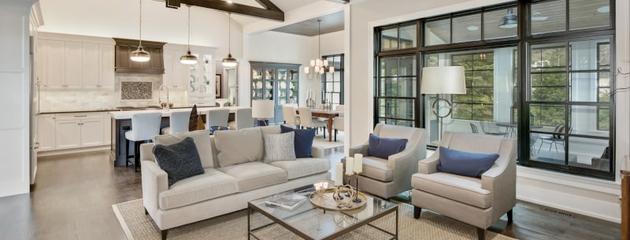
Key takeaways
- Energy efficiency standards in Canada (2025): Windows must meet ENERGY STAR® Canada Version 5.0 with a national minimum of ER ≥ 34 or U ≤ 1.22 W/m²·K (0.21 Btu/hr·ft²·°F).
- European windows excel in tilt-and-turn design, airtight seals, enhanced security features, and triple glazing.
- North American windows offer easier installation, cost-effective options, a wide range of stylistic choices, and compatibility with Canadian building standards.
- The final choice depends on budget, local climate, design preferences, and performance priorities.
What’s the real difference?
European windows are most often tilt‑and‑turn systems : the sash tilts inward from the top for secure ventilation and rotates inward for a whole opening and easy cleaning. North American windows are primarily characterized by double-hung , casement , and sliding styles. While the look differs, the critical differences for Canadian homes are airtightness, glazing packages, hardware, and how the product is tested and labelled.
Both categories can be high‑performing. What matters is the tested ER and U-factor, weather sealing, and proper installation — especially in cold, windy climates.
Operation & design at a glance
European (tilt‑turn): inward operation, one handle controls tilt or turn, robust hardware, large unobstructed glass, sleek, narrow frames. Great for high-rise or second-storey cleaning and for secure nighttime ventilation.
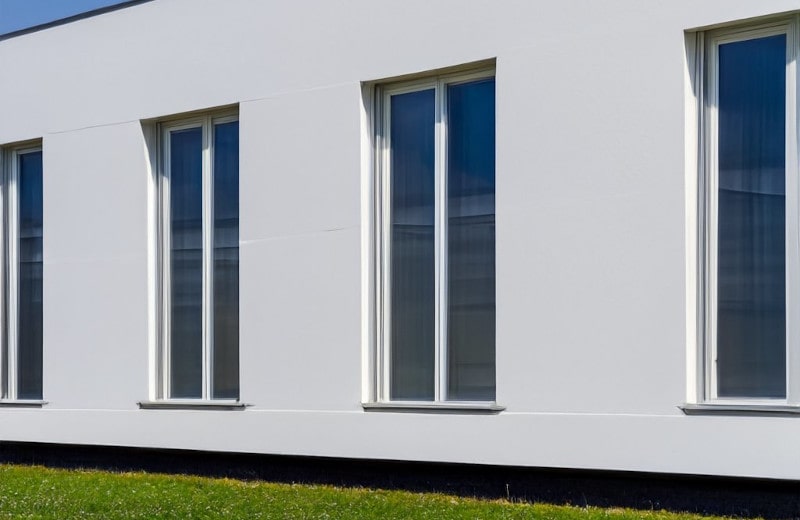
North American: multiple operator types. Casement (outward swing) seals well on windward walls; double‑hung (two sashes slide vertically) is classic and flexible; sliders (horizontal) are budget‑friendly and space‑saving.
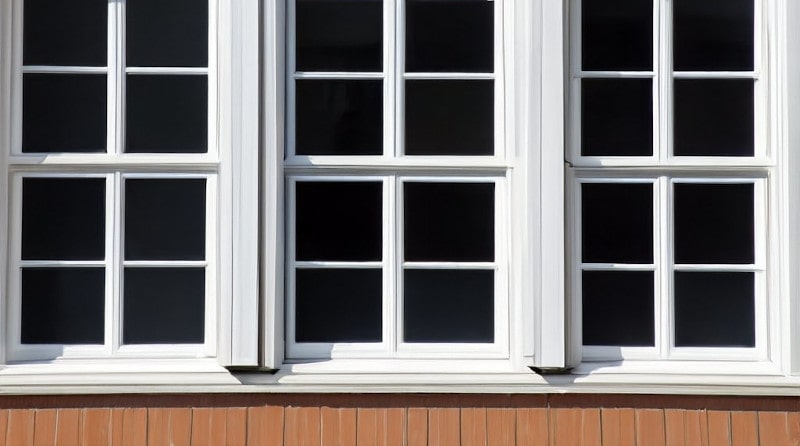
| Feature | European Windows | North American Windows |
|---|---|---|
| Design & Operation | Tilt-and-turn functionality, in-swing opening | Casement (out-swing), double/single-hung |
| Energy Efficiency | Triple glazing, insulated frames, airtight seals | Double glazing standard, triple optional |
| Security | Multi-point locking, laminated glass option | Standard locks, optional upgrades |
| Customization | Highly customizable, modern finishes | Wide range of traditional and modern designs |
| Cost & Availability | Higher cost, longer lead times | More affordable, widely available |
Tip: inward‑turning tilt‑turns need interior clearance for blinds/plants; outward casements need exterior clearance for walkways.
Energy performance in Canada: ER, U‑factor & labels
Since January 1, 2020, ENERGY STAR® Canada Version 5.0 applies one national criterion (no climate zones): a window is certified if it achieves ER ≥ 34 or U‑factor ≤ 1.22 W/m²·K (0.21 Btu/h·ft²·°F). Products recognized as ENERGY STAR Most Efficient typically achieve ER ≥ 40 or U ≤ 1.05 W/m²·K (0.18).
In Canada, performance is tested and reported under CSA A440.2 and/or NFRC protocols. Temporary labels display U-factor, SHGC, ER, and VT; since the 2024 labelling updates, metric units must be displayed alongside imperial units.
What you’ll see on the label :
- U‑factor (heat loss; lower is better)
- ER (Energy Rating) (overall score balancing heat loss, solar gain & air leakage; higher is better)
- SHGC (solar gain; relevant for passive solar)
- VT (visible light)
- Air leakage (lower is better)
(If you live in a cold, shady location, prioritize a low U‑factor; in sunny south‑ or west‑facing rooms, balance U‑factor with SHGC to avoid overheating.)
“For homeowners, the quickest way to compare windows isn’t the brochure — it’s the label. Look for ER ≥ 34 or U ≤ 1.22 to meet ENERGY STAR, and if you can, aim for Most Efficient to lock in comfort during deep‑freeze weeks.” — Helen Sin, Consumer Success Manager .
Security & hardware
European systems commonly include multi‑point locking around the sash and steel or composite reinforcement within the sash/frame. The tilt position allows secure ventilation without fully opening the window. North American products often ship with single-point locks by default; upgrading to multi-point hardware and laminated glass enhances security to comparable levels.
“Window performance depends largely on quality hardware and proper installation. Factors such as secure locking mechanisms, high-performance glazing, and careful air- and water-sealing all play a critical role.” — Tony Wong, Project Manager
Materials & frame technology
- uPVC/Vinyl: The most common material in Canada for both categories due to its thermal performance and low maintenance. Multi‑chambered frames improve insulation and sound blocking.
- Thermally broken aluminum: Favoured in European contemporary designs and some commercial/modern residential projects; must include a quality thermal break to avoid heat loss/condensation.
- Wood & clad wood: Popular in North America for heritage aesthetics; requires periodic maintenance unless aluminum‑clad.
Most European offerings pair triple glazing with warm‑edge spacers and argon or krypton gas fills as standard. North American units may offer similar packages — specify triple‑pane + low‑e + argon/krypton to match performance.
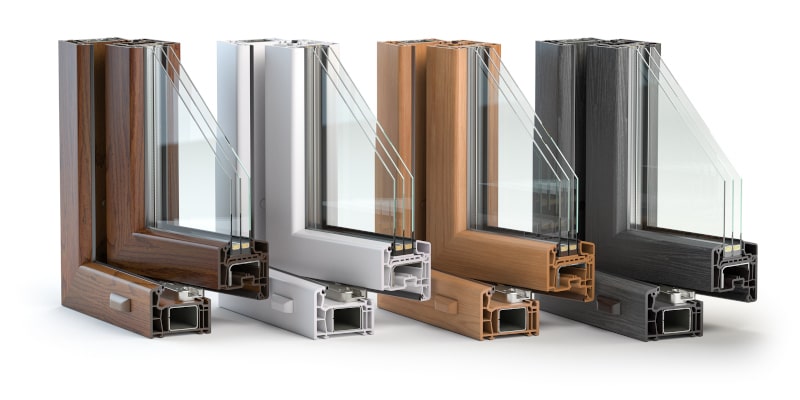
Ventilation, comfort & noise
Tilt-turns enable trickle-safe ventilation via tilt mode, while retaining rain protection and security — useful for bedrooms and high-rise condos. Outward casements can catch prevailing breezes and exhaust moist air from kitchens/baths. Triple-pane packages and multi-chambered vinyl frames effectively reduce exterior noise, especially near busy roads.
Installation, standards & code
Performance on paper only becomes real with proper installation. In Canada, look for products tested to NAFS (AAMA/WDMA/CSA 101/I.S.2/A440-22) with Canadian Supplement and labelled to CSA A440.2 or NFRC. Use qualified installers who follow manufacturer shimming, flashing, and air/water barrier integration details.
Pro tip : It’s essential to request installation details such as sill pan flashing and air-seal steps. Even high-performance windows can underperform if not correctly installed.
Customization & aesthetics
European lines often feature sleek hardware finishes, colour-fast exterior films, integral blinds, and low-profile tilt-turn screens. North American makers offer a vast catalogue of operator types, grille patterns, jamb extensions, and exterior colours. Both categories can deliver a modern or traditional look — match the style to your architectural and operational preferences.
Cost of ownership & maintenance
Upfront pricing varies by size, material, glazing, and hardware. Over the life of the window, energy savings, reduced draft/condensation, and low maintenance (especially with vinyl uPVC) often offset the higher initial costs of triple-pane glazing or multi-point hardware. Clean-from-inside tilt-and-turn units also reduce maintenance time for upper floors and can lower long-term service costs due to fewer exterior access needs.
Typical installed cost per window
| Window type/package (installed) | Notes / what affects price |
|---|---|
| Basic double-pane vinyl (standard size, e.g., 24"×36") | Most common budget option; price varies by sash size, grid, and trim. |
| Premium double-pane (clad-wood, larger/architectural) | Higher for custom sizes, wood finishes, and specialty trims. |
| Triple-pane energy-efficient vinyl (low-e, argon) | Typical path to ENERGY STAR Most Efficient; adds cost vs double-pane. |
| Tilt-and-turn (European-style) — small/standard | Imported hardware and options, as well as inward installation needs, can raise the price. |
| Thermally-broken aluminum/custom extensive glazing | Premium systems, extensive units or boutique brands at the top end. |
| Installation/labour (component) | Complexity (sill pans, flashing, scaffolding) drives labour cost. |
When to choose each style
Choose European tilt-turn if you want: the highest airtightness, triple-pane standard, secure night ventilation, easy interior cleaning, minimalist frames, and inherently robust multi-point locks.
Choose North American (casement/double‑hung/or slider) if you want a heritage look, exterior screen preference, outward ventilation (casement), budget flexibility, or to match existing sightlines. Specify triple‑pane and upgraded hardware to meet cold‑climate targets.
Comparison tables
General features
| Feature | European Windows (Tilt‑Turn) | North American Windows |
|---|---|---|
| Typical materials | uPVC (vinyl), thermally‑broken aluminum | Vinyl, wood/clad‑wood, aluminum |
| Operation | Inward tilt for ventilation; inward turn for full opening | Casement (outward), double‑hung (vertical), slider (horizontal) |
| Security | Multi‑point locking standard; tilt for secure venting | Single‑point common; multi‑point available as upgrade |
| Airtightness | Very high; continuous compression seals | High on casement; moderate on sliders/double‑hung |
| Cleaning | Easy from inside on the upper floors | Casement: good; Double‑hung: interior/exterior access needed |
| Screens | Interior retractable or clip‑in | Exterior (casement) or interior (double‑hung/slider) |
| Aesthetics | Slim, modern frames; large glass | Wide variety from modern to traditional |
| Maintenance | Low (vinyl); periodic for aluminum finishes | Low (vinyl); periodic for wood/clad‑wood |
Energy efficiency
| Metric | European Windows | North American Windows |
|---|---|---|
| Glazing | Triple‑pane common | Double‑pane common; triple‑pane available |
| Low‑E coatings | Multi‑layer low‑e typical | Single or multi‑layer low‑e common |
| Gas fills | Argon/krypton | Argon standard; krypton optional |
| Spacers | Warm‑edge common | Warm‑edge widely available |
| Typical certification | ER ≥ 34 or U ≤ 1.22 W/m²·K; Most Efficient ER ≥ 40 or U ≤ 1.05 W/m²·K | Same thresholds (Canada‑wide) |
Labels & standards
| Item | Canada |
|---|---|
| National program | ENERGY STAR® Canada V5.0 (single national criterion) |
| Performance testing | CSA A440.2 and/or NFRC methods |
| Structural standard | NAFS AAMA/WDMA/CSA 101/I.S.2/A440‑22 + Canadian Supplement |
| Label values shown | U‑factor (metric & imperial), ER, SHGC, VT, air leakage |
Both European and North American windows offer unique advantages. European tilt-turn styles stand out for their superior energy efficiency, airtight seals, and modern functionality, while North American designs remain popular for their cost-effective options and familiarity. Ultimately, the best choice depends on your budget, home design, and long-term energy savings goals.
At Canadian Choice Windows & Doors , we specialize in manufacturing and installing high-performance vinyl windows specifically designed for Canadian homes. Whether you’re interested in European-inspired designs or traditional North American styles, our team will help you select the right option to enhance comfort, efficiency, and value.
FAQs
Q1. Are European windows always more efficient?
A: Not always. Many European products ship with triple glazing and multi-point locks by default, which is a helpful feature. However, Canadian-made North American-style windows, specified with triple-pane, low-e, argon/krypton, and warm-edge spacers, along with tight weatherstripping, achieve comparable or better performance values. Always compare ER and U‑factor on the label.
Q2. What’s better for security?
A: Tilt‑turn systems typically include multi‑point locking and reinforced frames, so they’re strong out of the box. In NA styles, consider multi-point locks paired with laminated glass for a comparable security profile.
Q3. Triple-Pane vs Double-Pane — How Much Does It Matter in Canada?
A: Triple‑pane reduces heat loss, drafts, and condensation risk and improves sound control — especially valuable in cold or noisy locations. It’s also the most common path to ENERGY STAR Most Efficient ratings.
Q4. What do ER and U‑factor actually mean?
A: U‑factor measures heat loss (lower is better). ER is a Canadian score that combines heat loss, air leakage, and potential solar gain (with higher values being better). The labels list both: either ER ≥ 34 or U ≤ 1.22 W/m²·K qualify for ENERGY STAR in Canada.
Q5. Do tilt‑turns work with insect screens and blinds?
A: Yes. Use interior clip-in or retractable screens designed for tilt-turns, and consider blinds that allow the sash to tilt without interference. Ensure interior clearance for the inward turn mode.
Q6. Which standards should I inquire about before making a purchase?
A: Ask for NAFS‑22 compliance, CSA A440.2/NFRC performance reports, and the ENERGY STAR Canada label (with ER and U‑factor). For Passive House projects, ask whether the window carries PHI component certification.
1000’s of Colours & Textured Finishes
Transform your home from ordinary to extraordinary with our new coloured and non-glare textured finishes. Available in a wide array of colours as well as custom matched colours for your very own personalized design.
Our Most Popular Replacement Window Colours:






